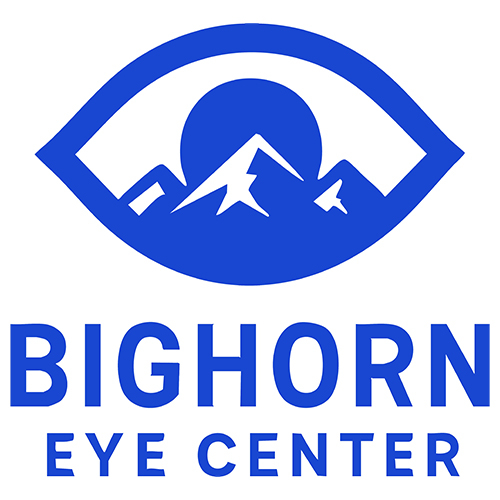Age-related vision difficulties and vision loss can be a challenge, but there are many solutions to help you cope and lessen the impact it can have on your daily life. Simple strategies from getting the right pair of glasses, to improving lighting, to purchasing some vision aids or magnifiers, can significantly help to compensate for reduced vision. Vision changes are normal with age yet it’s important to speak to your eye doctor so you know what to expect and ensure that the changes you are experiencing are normal and not a sign of a more serious eye or vision condition.
Normal age-related vision changes include reduced near vision (presbyopia), trouble seeing in dim light (due to the pupil shrinking and letting less light into the eye) and difficulty driving at night. Additionally, color vision and contrast sensitivity may be reduced. Most of these issues can be corrected with the right pair of eyeglasses to increase visual acuity and contrast and reduce glare. Improving lighting conditions within the home and office can also help. You may want to purchase some good portable lamps to brighten work spaces, especially when you are reading or performing fine motor skills such as typing, painting or sewing.
Cataracts is a common age-related condition in which vision is gradually reduced due to a clouding of the lens of the eye. When it begins to seriously affect vision, a surgical procedure to remove the lens and replace it with a clear artificial lens can be done. This procedure is extremely common and typically very successful in restoring vision.
